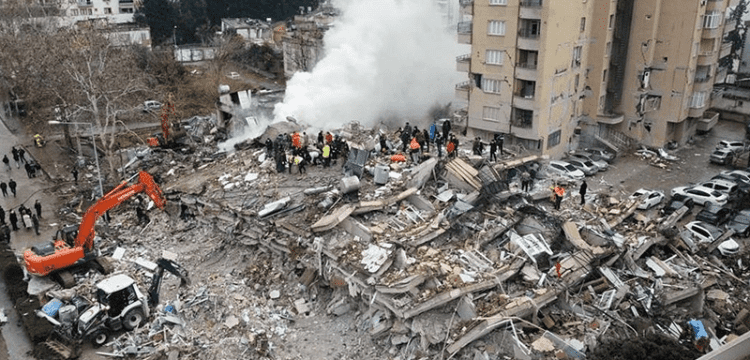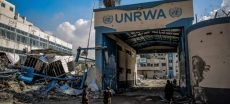[vc_row][vc_column][vc_column_text dp_text_size=”size-4″]The death toll from the earthquake that has devastated parts of Türkiye and Syria exceeded 41,000 on Friday as the United Nations appealed for $1 billion to address a growing humanitarian crisis.
Eleven days after the quake — now one of the 10 deadliest in the past 100 years — Turkish rescuers pulled a 17-year-old girl and a woman in her 20s out of the rubble.
“She looked to be in good health. She opened and closed her eyes,” coal miner Ali Akdogan said after participating in the rescue of Aleyna Olmez in Kahramanmaras, a city near the quake’s epicentre.
But hopes of finding survivors have largely faded.
Many in the affected zones are facing a dire emergency as they try to pick up the pieces in freezing conditions, without food, water and toilets — raising the spectre of further disaster from diseases.
“The needs are enormous, people are suffering and there’s no time to lose,” said UN Secretary-General Antonio Guterres in a statement, calling for funds to help the victims.
He said the contributions would provide humanitarian relief for three months to 5.2 million people.
The money would “allow aid organizations to rapidly scale up vital support,” including in the areas of food security, protection, education, water and shelter, he added. “I urge the international community to step up and fully fund this critical effort in response to one of the biggest natural disasters of our times.”
Officials and medics said 38,044 people had died in Türkiye and 3,688 in Syria from the February 6 tremor, bringing the confirmed total to 41,732. The quake — in one of the world’s most active earthquake zones — hit populated areas as many were asleep in houses that had not been built to resist such powerful ground vibrations. For every miraculous tale of survival, there are stories of dashed hopes of saving loved ones who slowly died in the rubble.
Hasan Irmak saw five family members — including his six-year-old daughter Belinda — buried under his flattened house in the Syrian border region town of Samandag.
“She was alive for two days,” the 57-year-old said of his daughter.
“I was talking to her in the ruins. Then she lost all her energy. On the third day, she was dead. Help arrived on the fourth.”
[/vc_column_text][/vc_column][/vc_row]











